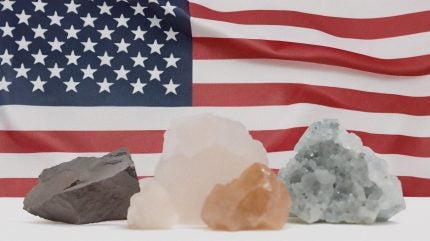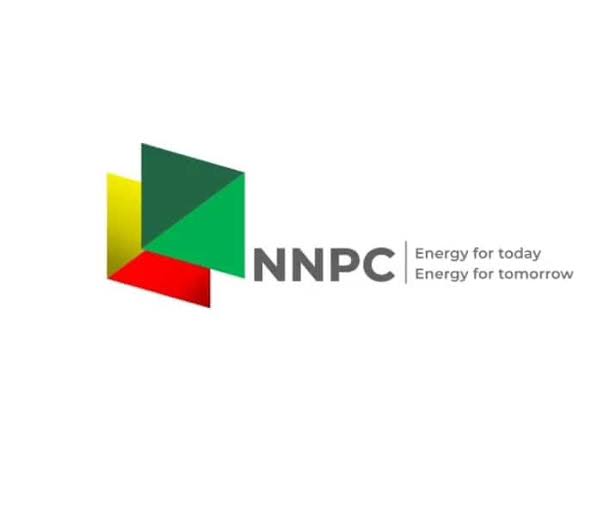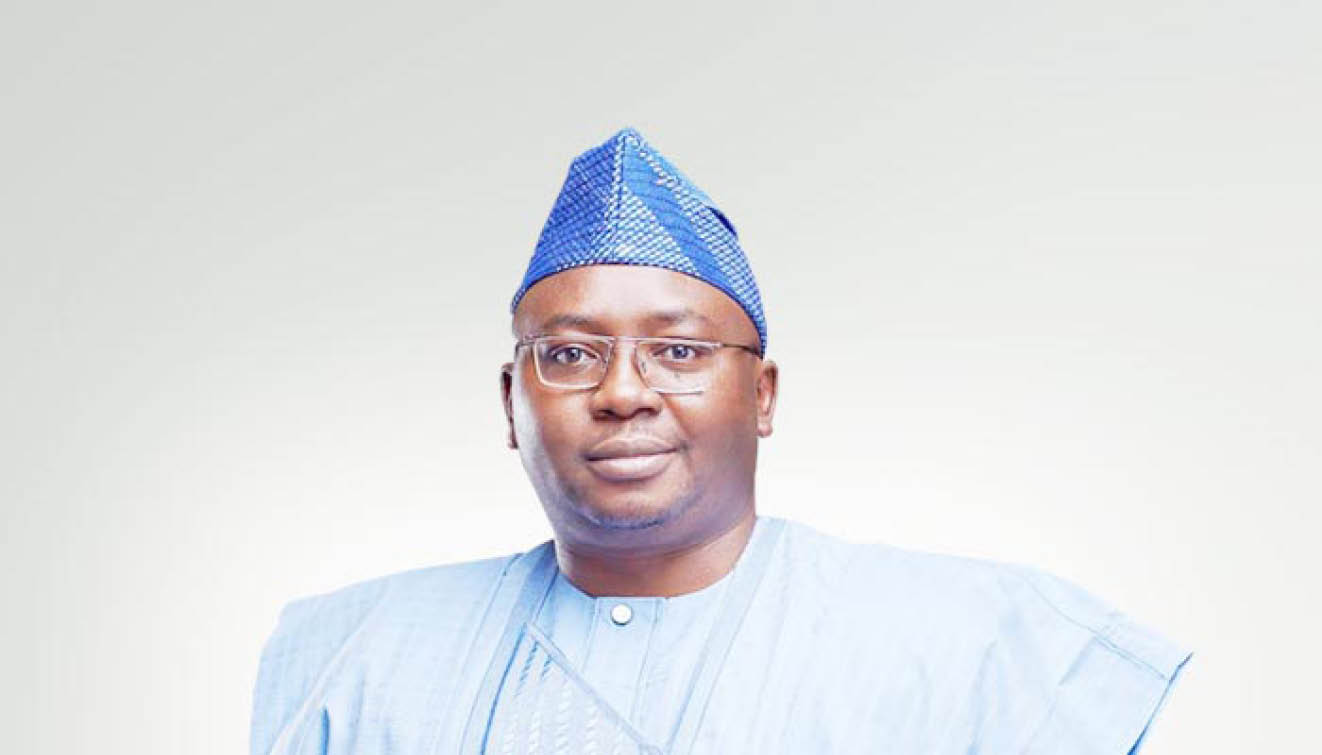
“Scattered” is the Society for Mining, Metallurgy and Exploration’s (SME) description of the current governance of the US mining sector and the nation’s minerals policy development. As the US presidential election approaches on 5 November, the SME has published a concept paper from an industry roundtable calling for the establishment of a new federal mining entity named the National Materials and Minerals Council (NMMC). Since the closure of the US Bureau of Mines (USBM) in 1996, the nation has had no centralised federal organisation dedicated to mining and minerals.
Instead, industry governance is split between a labyrinth of executive branch departments and agencies including agriculture, energy, labour and defence. Almost 30 years after the USBM was shut down, the US has become embroiled in the global race to secure supplies of critical minerals. The nation’s anxieties over establishing a resilient minerals supply chain are exacerbated by its complicated bureaucratic ecosystem.
The concept paper highlights the catch-22 of the US’ overreliance on mineral exports from “adversarial nations” such as China and the importance of critical minerals for vital sectors such as defence and energy that aid national security. Securing critical minerals independence and the creation of the proposed NMMC will be influenced by the presidential election result. Hoping to reprise his term in office, Republican candidate Donald Trump has shifted his focus from coal mining to the oil and gas industry in his latest campaign, but his staunch protectionism appears favourable for domestic mining.
Meanwhile, Democrat hopeful Kamala Harris has pledged to build a US stockpile of critical minerals. She also has a history of supporting acts and executive orders that assisted the mining industry during her time as Joe Biden’s vice-president. As the US mining sector faces such a critical juncture, the SME believes that a centralised mining entity could benefit all corners of the industry including policy, education, research and development (R&D), and minerals exploration.
A fragmented bureaucracy Held in May, the SME’s roundtable gathered 18 representatives from industry, academia, government and non-government organisations, including former USBM employees. The expert consensus is that the overarching issue holding US mining back is the split of programming and funding between governmental agencies, academia and the private sector without extensive federal guidance and input. The concept paper asserts that as a centralised entity following in the footsteps of the USBM, the NNMC would operate within the Executive Office of the President’s National Economic Council (NEC).
Its purpose would be to “achieve a whole-of-government approach to providing policy and technical input on [...
] the broad array of materials and minerals that are indispensable to our economy and national security”. Established in 1910 by Congress, the USBM was the primary federal agency for scientific research and the dissemination of information on mineral resources. Dave Kanagy, SME CEO and executive director, tells Mining Technology that the Bureau was receiving around $154m in annual funding when it was shut down.
The Bureau was dissolved in 1996, with a contemporary academic publication attributing this to “a political fray in which a Republican Congress was pitted against a Democratic administration in a race to see who could streamline Big Government and reduce spending first”. Following the closure, some of the USBM’s functions and equipment were transferred to the Department of Energy (DOE), but many technical and research functions were not transferred, leading to a loss of data. The scope and scale of the US mining industry’s R&D, which is crucial to the entire materials production cycle, was majorly impacted by the removal of the USBM.
According to the SME, the Bureau “effectively conducted innovative and transformative R&D in a manner beyond the capability of any single private company to improve extraction techniques, environmental sustainability, and worker safety”. Its closure ultimately resulted in a nationwide decline in mining education. While acknowledging that Congress has supported critical minerals programmes under recent legislation including the 2021 Bipartisan Infrastructure Law (BIL) and 2022 Chips and Science Act , the report asserts that “these efforts are not well coordinated and lack strong central leadership”.
The need for minerals in the defence sector is highlighted as the “most troubling aspect of our [US] foreign minerals and materials reliance” with China and Russia as the “adversarial nations” that the US is dependent on. The US Geological Survey, which tracks the nation’s mineral import reliance, finds that in the 2020s the US has become 50–100% reliant on foreign sources for 49 out of 50 critical minerals, compared with a dependence on 24 minerals in 1995. This is not due to a lack of domestic minerals, according to the SME, which adds it is “risky and unwise to rely on a bureaucratic maze of departments and agencies to ensure the availability of minerals and materials”.
Availability of minerals is stimulated by new explorations and discoveries. However, the current federal mine permitting process is a major barrier, requiring the involvement of multiple government agencies and variations between public and private lands. The SME estimates that the US must develop 359 new domestic mines to provide the broad spectrum of minerals needed for infrastructure to achieve clean energy transition objectives.
Adding to this pressure is the decrease in average grades of mineral discoveries from 2% in 1995 to 0.1% today. Gabriel Collins, a researcher at the Paynes Institute for Public Policy, tells Mining Technology : “Without a single body to coordinate permits there is an extreme risk for investors.
We have huge amounts of minerals in the ground but no incentive to extract them. So, the USBM would be an investment enabler.” The report concurs that “Focusing expertise in the NMMC rather than scattering it across departments and federal regulatory agencies would ensure a consistent approach to jurisdiction over proposed mining projects.
” Gregory Wischer, founder of critical minerals consultancy Dei Gratia Minerals, confirms that a coordinating agency for the permit process “could be very beneficial”. “The industry needs unique knowledge to understand what projects should and shouldn’t be permitted,” he says. Under the recommendation of the roundtable, the NMMC would operate best within the NEC to “achieve inter-departmental synergies” and should receive adequate funding to perform “targeted in-house research with the objective of discovering breakthrough technologies”.
As all eyes are on the election, to ease the way for the establishment of the NNMC the report proffers the BIL as a strategic “statutory basis” as it describes R&D topics that “align with many programmes that the USBM used to perform”. This includes rebuilding a federal mining and mineral database and evaluating federal policies and regulations that restrict critical minerals mining. The likelihood of a USBM revival post-election While US presidential candidates Trump and Harris stand on opposite ends of the climate debate, the national need for critical minerals offers a rare platform on which they share common ground.
Wischer validates that, saying: “There is broad agreement right now at both political levels and in the general population of the importance of critical mineral supply chains.” The Democrats support an acceleration of critical materials production to meet energy transition objectives, whereas the Republicans fixate on the context of national security as China continues to dominate global graphite, lithium and refined copper production. Collins is dubious of Trump’s zeal for mining.
“Trump is more interested in being anti-China versus supporting domestic growth, in my view. There is no clear signal that he is willing to put in the work to develop domestic resources.” At the opening panel of the 2024 Financial Times Mining Summit, Critical Materials Security Programme founding director Gracelin Baskaran commented that “Harris is a self-identified non-protectionist.
She has openly said she is passionate about de-risking from China but not decoupling. Trump, on the other hand, is far more protectionist and willing to leverage tariffs.” Regardless of political motivations, any support for critical minerals means both a Trump and Harris administration would be likely to approve the NMMC or its equivalent.
“Both candidates agree on keeping mining and processing projects in the US,” says Wischer. “In terms of government efficiency, it makes sense to bring back a centralised agency.” There are two obstacles thwarting this lack of political opposition: competing departmental interests and potential costs as the US Government is already weighed down by a $33.
1trn national debt . Wischer provides an example: “The DOE will support mineral projects for energy transition goals, versus the Department of Defense supporting materials for munitions. They could push back on ceding funding to a new entity.
” Kanagy says “Congress and the Senate don’t want to start anything without making reductions somewhere else in government. So funding will be a challenge.” According to Wischer, concerns around cost could be circumvented.
“Appropriations committees in Congress could reject funding for increased staffing, but pre-existing government buildings could be used and funding could be subtracted from other agencies which already work on areas of the mining industry. That would be a drop in the bucket for a US budget that spends a trillion dollars on defence.” Indeed, the SME’s report identifies another “potential turf war” between the DOE and Department of the Interior over distinctions and separations between critical minerals and materials, as in the Energy Act of 2020.
This bifurcation is regarded by the roundtable as suboptimal in addressing “the universe of materials and minerals needed for all aspects of our economy, society, and national defence”, with the NMMC proposed as an equitable solution. Wischer adds that a centralised entity would operate on neutral ground. “The main competing factions in the mining industry are companies and environmental groups.
The USBM would do nothing to upset either of these interests as it wouldn’t necessarily expedite more projects and increased expertise would benefit both sides.” Kanagy confirms to Mining Technology that the American Exploration and Mining Association and the National Mining Association are currently “shopping the NMMC to see if we can’t find some interest from senators and congress-people”. Speaking during a panel discussion at MINExpo in September, Cassie Boggs, interim president and chief executive officer of Hecla Mining, also echoed support for a centralised body.
“Since 1996 when we stopped funding the bureau of mines, we have not had a coordinated minerals policy,” she said. “I really would encourage a new bill sponsored by Senator Hickenlooper to create a National Critical Minerals Council and make it a high-level executive council that coordinates energy and minerals policy in this country.” Visions of a streamlined mining sector Momentum is building for a successor to the USBM.
The Biden-Harris Administration’s Interagency Working Group on Mining Laws, Regulations and Permitting has acknowledged the industry’s position. “At the end of the 20 th century, the US lost its position as the global leader in mining. In order to cultivate an environment conducive to rebuilding the US mining sector, the USBM, or a similar single agency, [should] be re-established.
” In Kanagy’s view, “it is going to take a lot of investment over a decade or longer”. However, if the NNMC comes to fruition and the proposed benefits are realised, US mining could rival global leaders such as Canada or Australia. The report points out that these countries, which are “important sources of minerals for the US”, not only have comprehensive geoscience databases but also high-ranking governmental departments and officials for mining.
“The absence of a federal minerals entity makes the US less competitive on the world’s stage because a Minister of Mines or a centralised mining authority is charged with developing mineral policies to ensure countries have robust mining industries.” The revival of a centralised mining entity is ultimately driven by the importance of critical minerals in national security. Collins concludes that “If the US wants to get serious about reducing its reliance on Chinese imports of critical minerals, considering a Bureau of Mines is what’s going to enable this.
”.














